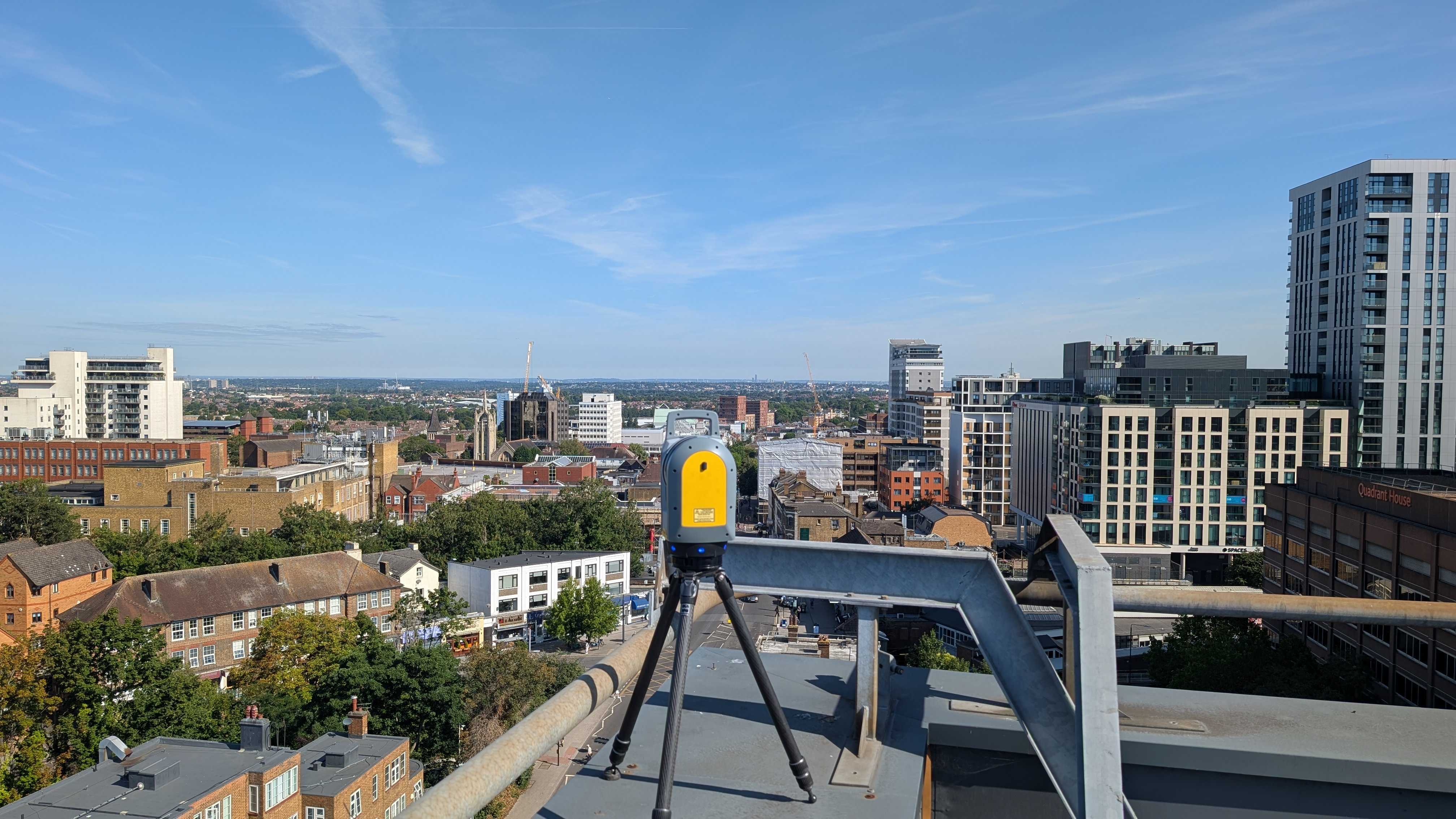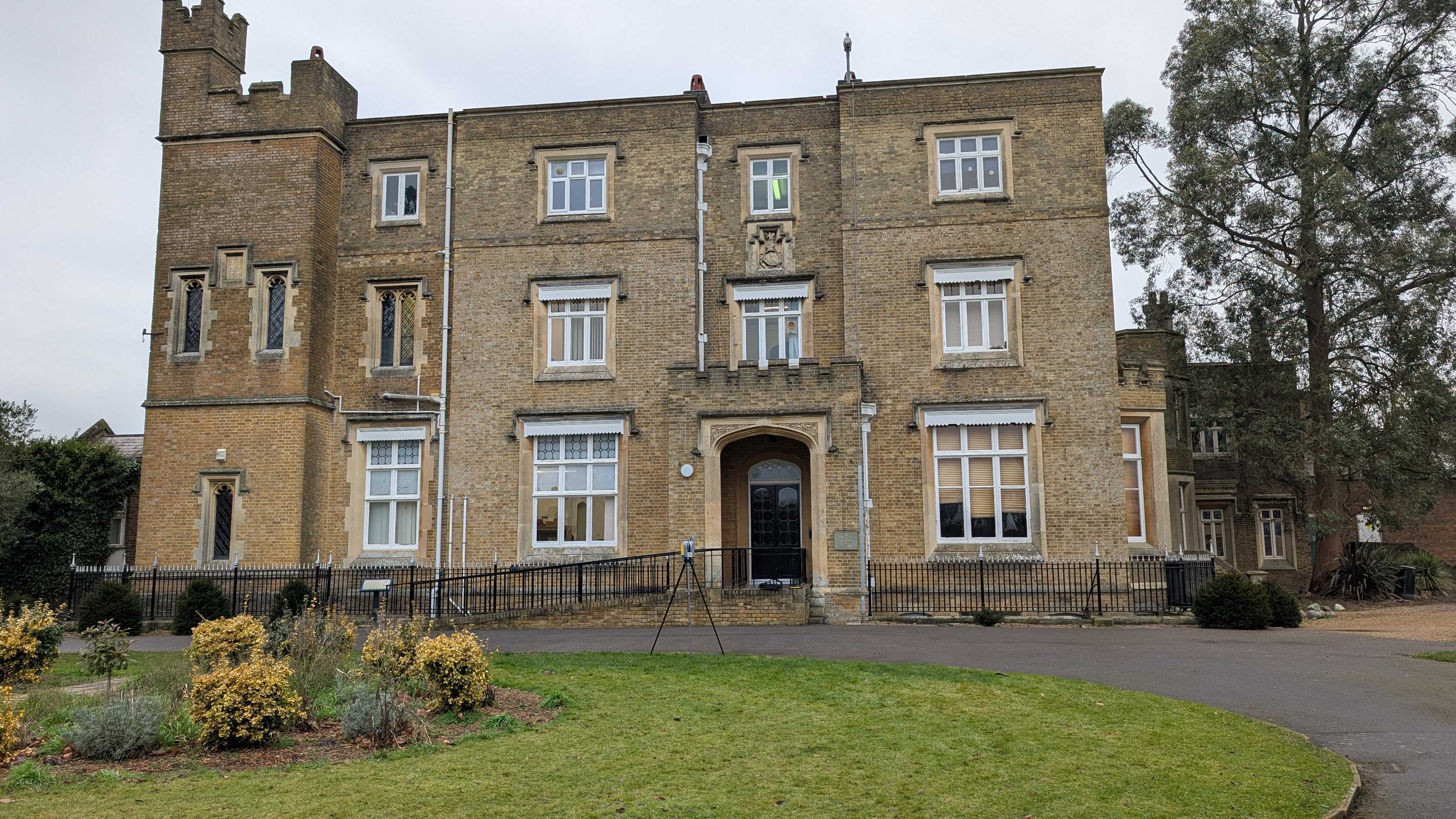Tunnelling and demolition are some of the most challenging phases of construction. They’re noisy, dusty, and vibration-heavy by nature — and without the right controls in place, they can quickly put projects, people, and nearby structures at risk.
For high-impact activities like demolition, it’s a critical safeguard. Monitoring air quality, vibration, noise, and dust levels in real time helps contractors stay compliant with UK regulations, protect communities, and prevent delays caused by enforcement action or unplanned remedial work.
In this blog, we’ll break down what makes monitoring so important on these sites, what you need to measure, and how real-time data can keep your projects safe, compliant, and on track.
Why High-Impact Work Requires Extra Monitoring
Tunnelling and demolition work create far more environmental risk than standard construction activity. These methods involve breaking ground, displacing materials, and generating continuous vibration — all of which can affect not only the site itself but also the surrounding community and infrastructure.
Key risks include:
Structural Damage – Excessive vibration can compromise the integrity of nearby buildings, tunnels, or utilities. Even small, repeated movements may cause cracks, settlement, or long-term instability.
Air Quality Concerns – Demolition and tunnelling release dust and fine particles that can travel beyond the site boundary, affecting workers, residents, and local businesses.
Noise Pollution – Prolonged or high-level noise can disrupt communities, impact health, and attract complaints that delay work.
Regulatory Breaches – UK regulations, including requirements from the Control of Pollution Act 1974 and local authority permits, set strict limits on noise, dust, and vibration. Failing to monitor these factors risks enforcement notices, fines, or work stoppages.
Because these projects often take place in urban or sensitive environments, the margin for error is small. Without precise, continuous monitoring, it’s almost impossible to demonstrate compliance, protect the public, and maintain trust with stakeholders.
Environmental monitoring provides the early warning system needed to detect risks before they escalate, ensuring that high-impact work stays safe, controlled, and compliant.
What You Need to Measure on Tunnelling and Demolition Sites
When working on tunnelling or demolition projects, it’s not enough to rely on visual checks or assumptions. Environmental risks can be invisible until they cause real damage. That’s why precise measurement is essential. The key factors to monitor are:
Vibration – Continuous measurement of ground and structural vibration ensures nearby assets such as railways, bridges, utilities, or heritage buildings remain within safe thresholds.
Dust and Air Quality – Fine particles pose health risks to workers and nearby communities. Live dust monitoring ensures compliance with workplace safety standards and environmental permits, while also helping prevent complaints from local residents.
Noise – Demolition and tunnelling generate prolonged noise levels. Monitoring noise against regulatory thresholds provides data to demonstrate compliance with the Control of Pollution Act 1974 and helps avoid enforcement action from local authorities.
Structural Movement – Tunnelling in particular can cause subtle settlement or shifts in surrounding structures. High-precision structural monitoring ensures stability, reduces liability, and helps reassure stakeholders that the project is not compromising safety.
Together, these measurements form a comprehensive picture of site impact. More importantly, when captured in real-time, they give project managers the information needed to respond immediately.
Compliance and Best Practice in the UK
Tunnelling and demolition projects are some of the most heavily regulated in the UK, due to their potential impact on communities, workers, and surrounding structures. To stay compliant and avoid costly penalties, contractors must align with a range of legal frameworks and best-practice standards. Some of these include:
Environmental Protection Act 1990 – Requires construction projects to control emissions such as dust, noise, and vibration to prevent pollution and safeguard public health.
Control of Pollution Act 1974 (CoPA) – Governs noise and vibration from construction activities. Local authorities can enforce restrictions if levels exceed permitted thresholds.
Construction (Design and Management) Regulations 2015 (CDM) – Places duties on contractors to assess and manage environmental and structural risks, including those caused by demolition and tunnelling activities.
BS 5228 & BS 7385 Standards – Provide detailed guidance on controlling noise and vibration on construction sites and assessing their impact on surrounding buildings.
Best practice doesn’t stop at compliance. Increasingly, clients and stakeholders expect proactive monitoring and transparent reporting. Using live data platforms with automated alerts demonstrates responsibility, builds community trust, and strengthens your position if concerns or disputes arise.
In short, following regulations keeps you compliant — but adopting best practice through advanced monitoring keeps you ahead of risk.
Protecting People, Property, and Project Timelines
At the heart of tunnelling and demolition work lies one shared priority: keeping people and property safe while ensuring projects run on schedule. Real-time environmental monitoring is a powerful tool in achieving this balance.
Equally important, monitoring helps avoid the unexpected delays that come with complaints, investigations, or remedial work. With automated alerts and live data reports, contractors can keep projects compliant, proactive, and moving forward — instead of being slowed down by reactive fixes.
Managing Risk with Confidence
High-impact activities like demolition and tunnelling will always carry risk — but risk doesn’t have to become a problem.
With the right monitoring systems in place, contractors can turn potential hazards into manageable, measurable factors.
At Intersect Surveys, we provide advanced monitoring solutions designed for the unique challenges of tunnelling and demolition projects.
Get in touch with our team today to find out how we can help you monitor smarter, stay compliant, and deliver with confidence.







